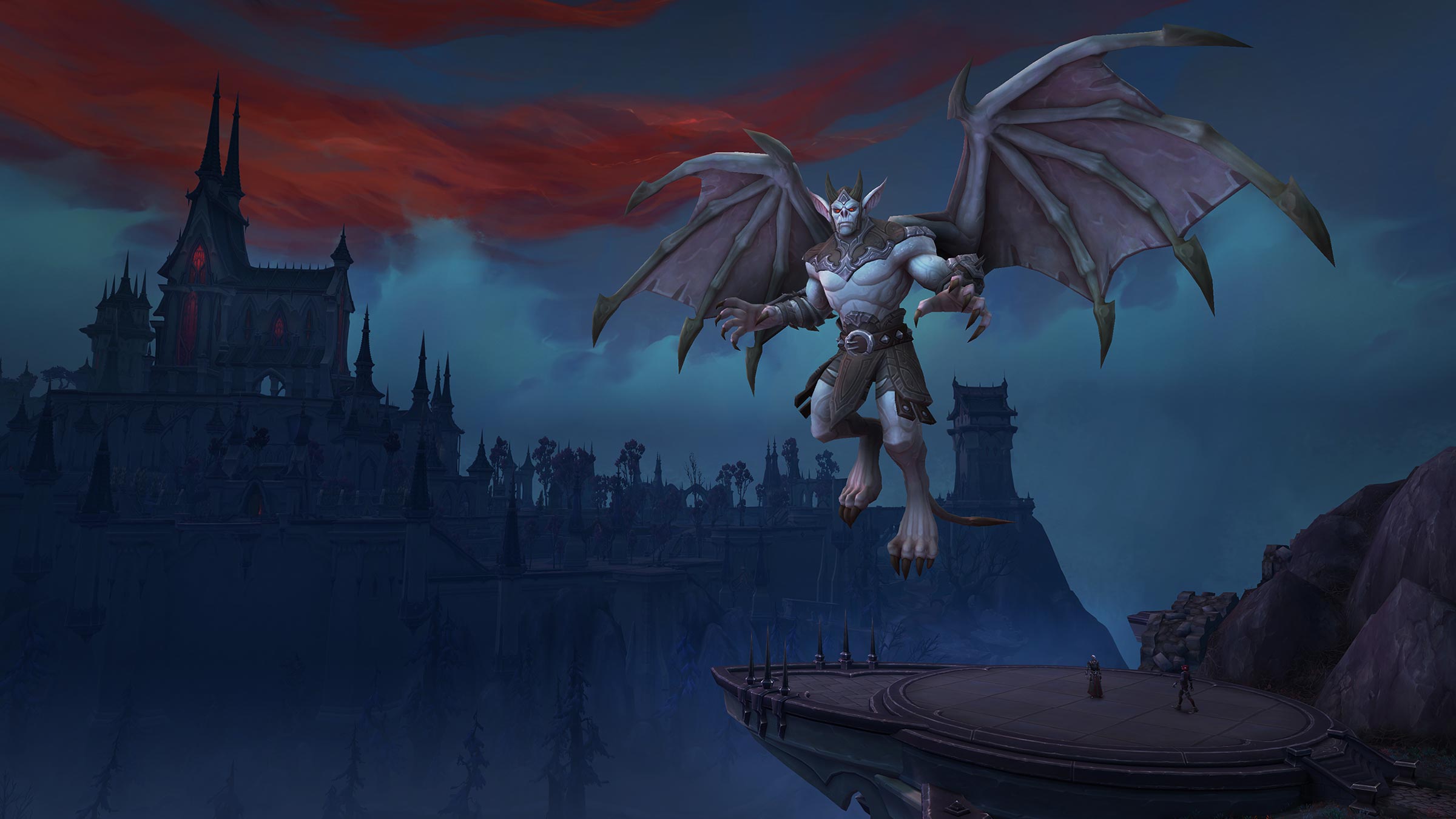Watching the changes to the rogue class during Legion alpha I am becoming increasingly discouraged about the direction of rogue design. Before digging into exactly what is wrong with the current designs I think it makes sense to focus on when rogue design worked and learn from that.
Combat High-Rupture (T8-T10) Combat high-rupture is the least remembered rotation on this list because it only lasted about one tier. Starting with the T8 set bonus and Ulduar and falling out of favor in T9 when armor penetration levels got high enough for ruptureless rotations. Before combat high-rupture combat rotations were described by Xs/Yr/Ze rotations where X, Y, and Z represented the number of cps to use a slice and dice, rupture, and eviscerate at respectively. This rotation, would yield ~50% rupture uptime with 100% SnD uptime and a smattering of eviscerate damage. Combat high-rupture upended this rotation my emphasizing maximizing rupture uptime, however unlike other maintenance buffs it was not optimal to maintain 100% uptime. The rotation was a giant resource allocation and timing problem, how do you maximize the number of 5 cp finishers for energy efficiency, maximize rupture uptime, avoid wasting combo/points and energy, all with moment to moment variation in energy regeneration and combo point generation from combat potency and glyph of sinister strike respectively.
With our fancy tools of today, pandemic, anticipation, longer durations on SnD and rupture that rotation doesn’t sound particularly hard but at the time it was a challenging rotation that many rogues opted for Xs/Yr/Ze rotations for simplicity. Instead we used the tools we had at our disposal, that 25 energy you had to spend on Tricks of the Trade every 30 seconds was an easy way to bleed a couple seconds of energy for a better refresh timing. If you needed to kick (25 energy at the time) that was another tool to shape your energy distribution. This wasn’t a speed demon/carpel tunnel spec like we’ve come to expect from combat today, combat high-rupture moved at 35-40 APM, a pace we would call plodding today.
Cata Assassination (T11-T13) Unlike combat high-rupture most of you reading this probably know what Cata assassination played like. It played mostly like assassination does today but unlike today where the primary difficulty of assassination is keeping your eyes open until the emergence of “John F-ing Madden” Subtlety (see below) in late T11, early T12, assassination was widely considered the most engaging rogue spec. What was different about cata assassination? No blindside procs, above 35% cp gen was just mutilate, venomous wounds was 60% chance, 16 second rupture, no anticipation to minimize combo point waste, in short, lower resources across the board. For assassination this made all the difference, the spec barely broke 30 APM but maximizing envenom uptime required thought. The reduced envenom uptime made envenom more meaningful and storing 5 cps for a full envenom at full energy was a decent form of mini-burst. Like combat high-rupture above cata assassination low dps wasn’t a result of flubbing some massive burst window, cata assassination didn’t have massive burst if it wanted it, but was a slow loss of damage by making the wrong second to second decision.
“John F-ing Madden” Subtlety (T11-T13) The T13 subtlety spec is fondly remembered by many rogues but in retrospect it was something of a design disaster. The spec relied on numerous little tricks, snapshotting master of subtlety, and as many other buffs as possible into rupture and then rolling it with eviscerate for the entire fight. Combined with the shorter durations of rupture (20 seconds with glyph) and slice and dice (24 seconds) plus maintaining recuperate for energy regen and lack of tools for resource management created a rotation that was only borderline sustainable on uninterrupted patchwork style fights.
Unlike the previous specs mentioned there wasn’t a lot of nuance to “John F-ing Madden” you knew what you had to and and how to do it however the constant sweating over resource constraints are barely making one refresh or another (where missing one could tank your damage for the entire fight) was stressful and nerve-wracking in a way many people found very enjoyable. I don’t miss this spec, it was a barely sustainable mess that only worked because due to the design of dragon soul and its out sized damage when properly executed but it is an important spec in rogue history that lead directly to our last spec on this list.
Modern Subtlety (T16-Today) I’m lumping the MoP and WoD versions of subtlety together because they share a similar structure. Unlike the previous specs discussed the MoP and WoD subtlety spec have relatively high resource generation. However shadow dance burst windows impose major resource constraints over short time scales requiring pooling and GCD maximization. This subtlety has numerous little tricks for optimizing that dance window and is a perfect example of opt-in complexity. If you want to add more complexity to the spec you can, if you just want to play the base spec there is still enough complexity to keep the rotation dynamic from dance windows and in WoD blade twisting procs.
What Have We Learned The key point with all of these specs are resource constraints. The energy and combo point system of rogues (and feral druids) lends itself to slower rotations optimizing resource utilization rather than moment to moment rapid decision making. Rogue rotations tend are inherently constrained, abilities must either generate combo points or consume them and well designed rotations use those constraints. Multiple conflicting timers like “John F-ing Madden” subtlety require preplanning so we have sufficient resources at each refresh time which may shift around and overlap in ways that conflict with our underlying resource generation.
The key problem with rogue rotations during WoD and now into Legion is we have too many resources. The cata assassination spec had 10 additional energy on a 60% chance, now in WoD that is 100%. The addition of dispatch in MoP added nearly half a combo point to each mutilate of expected value. Subtlety has lost abilities to juggle and mechanical interactions that impose resource limits. Now with talents legion subtlety gains enough energy on entering shadow dance that pooling is entirely unnecessary. Legion combat is entirely resource unconstrained but without the nuanced interactions you need to support a high resource spec. New tools like anticipation and pandemic that allow more efficient resource utilization and allows us to escape some of the inherent timing constraints imposed by the combo point system. Finally set bonuses frequently increase resource generation as an easy way to give an interesting bonus. Taken together this undermines the potential complexity of rogue specs.
Some of this undoubtedly sounds like the ranting of an old grognard about the kids these days and their new tools. Maybe thats all this is, there is certainly community demand for high speed, GCD-locked specs but this doesn’t fit with historical rogue design or the current direction. If Blizzard is going to continue designing rogue specs without sufficient resource constraints rogue design must change. Rather than timing and pooling based specs design must shift toward complex mechanical interactions that find complexity in rapid decision making not careful ability timing. The current design seems trapped between the two, insufficient mechanical nuance for a quick decision spec but too many resources for a timing and planning spec.





